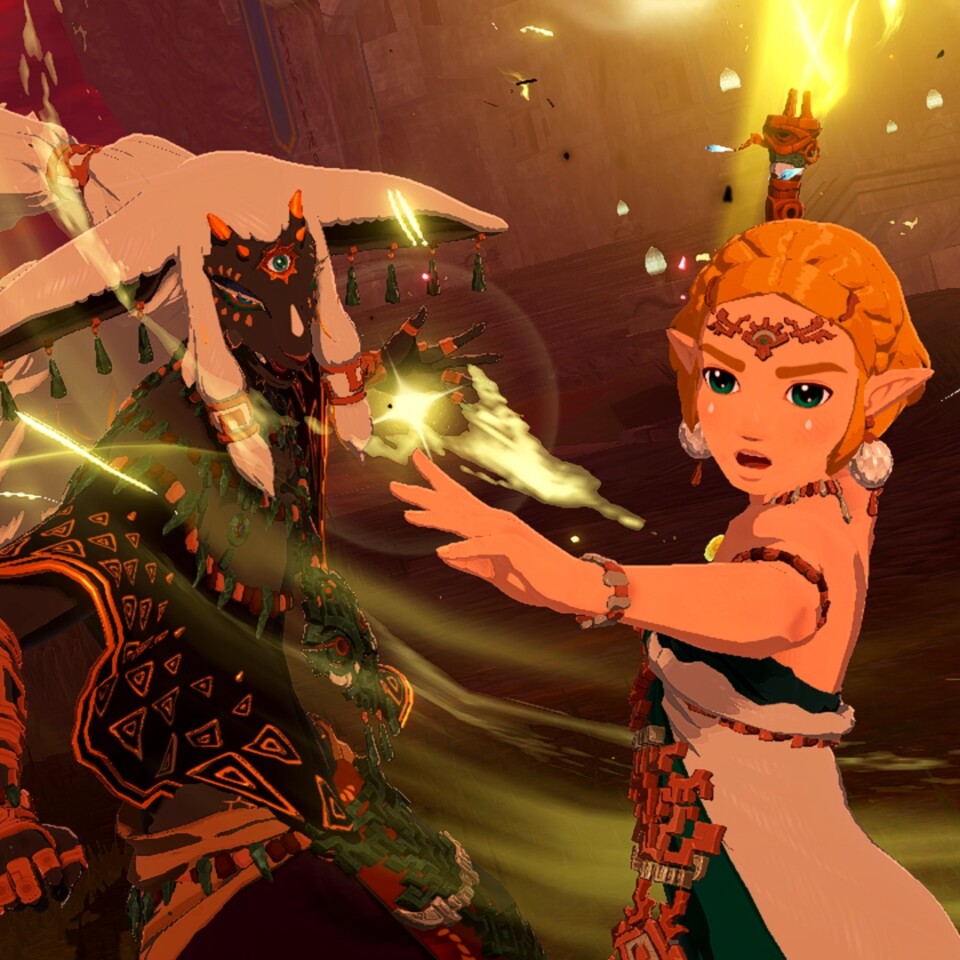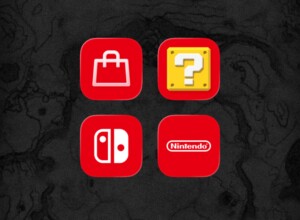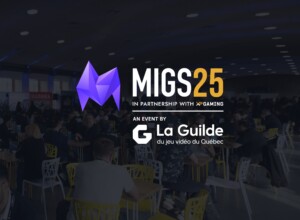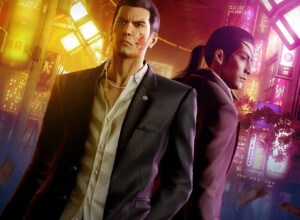Of all the games in the Nintendo Switch 2’s first fall lineup, I’ll admit that Hyrule Warriors: Age of Imprisonment was the one I was least excited about.
With a new Metroid Prime adventure, some stellar third-party releases, and plenty of Nintendo classics getting a Switch 2 spruce-up, the prospect of more hack-and-slash exploits in the Hyrule Warriors series was definitely a little lower on my list of priorities. However, based on a hands-on at a recent Nintendo preview event, my opinion has shifted.
The demo was a timed ten-minute session that, on the surface, offered a familiar slice of Hyrule Warriors gameplay, but it also showcased some meaningful improvements over 2020’s Hyrule Warriors: Age of Calamity. The highest praise I can give the game at this stage is that, despite the time limit, I blazed through the action three times and had an enjoyable – and, most importantly, enjoyably different – experience with each run.
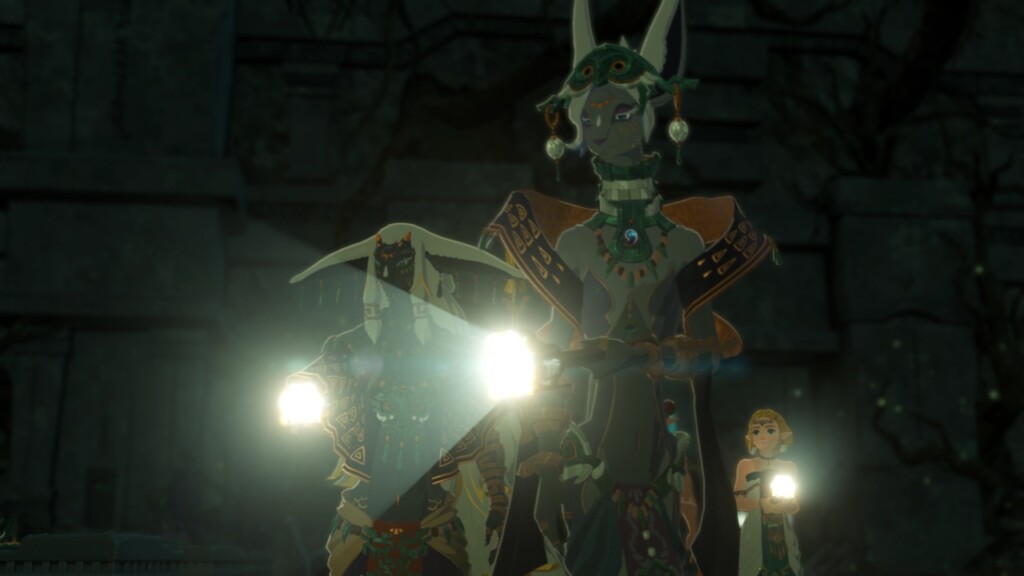
Set within The Depths – the murky underworld familiar from The Legend of Zelda: Tears of the Kingdom, and here slightly reimagined as a sprawling combat maze – the section I played featured a familiar loop of carving through hordes of monsters, capturing outposts, and taking down some larger-than-life bosses, including a Stone Talus and a hulking Frok.
In this sequence, Zelda and the sages Mineru and Rauru fight alongside one another, each becoming available to control as the demo progresses. The thrills come from being able to switch between characters on the fly and use their unique abilities to transform the rhythm of battle.
Zelda wields precise attacks, blending close-quarters precision with arrow-slinging flair. Rauru’s combat style is commanding, broad, and devastating. Mineru, meanwhile, is a powerhouse of invention, fusing mechanical Zonai constructs into wild – and often comical – assaults.
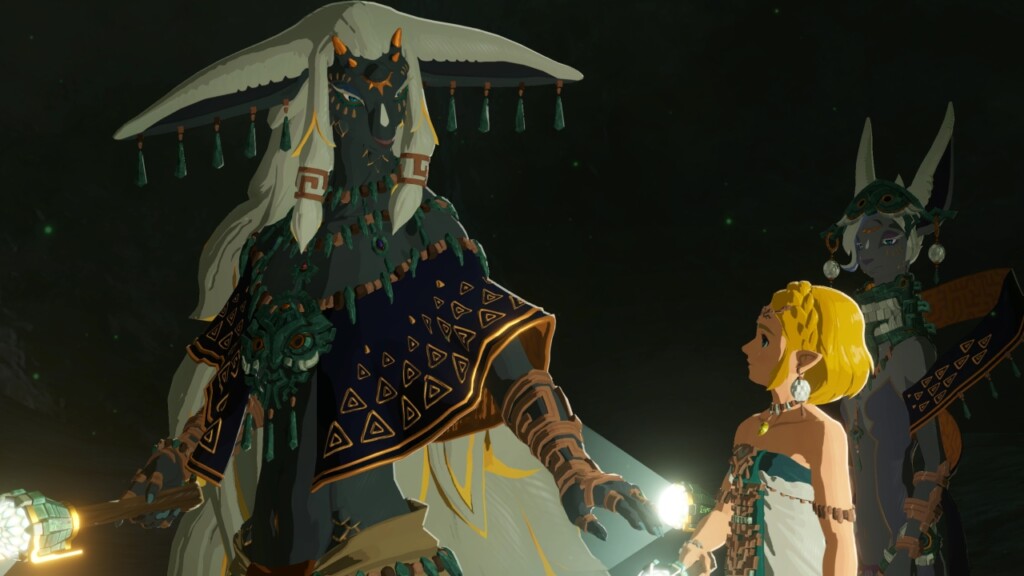
Each also has access to familiar Zonai devices from Tears of the Kingdom, the most useful of which is the humble Flame Emitter, thanks largely to its area-of-effect damage when thrown into a group of enemies. A few well-timed Time Bombs also proved effective in bringing down that troublesome Frok.
All three characters have unique combo chains mapped to X and Y, allowing for rhythmic attacks that – in this slice of gameplay at least – feel more deliberate than the button-spamming repetition I’ve always associated with the series. And, at key moments, our team of heroes can also combine powers for some spectacular and varied team attacks, such as the twin beams of energy unleashed by Zelda and Rauru. The animations and interactions are particularly impressive, the only omission being a celebratory high-five at the end of each sequence.
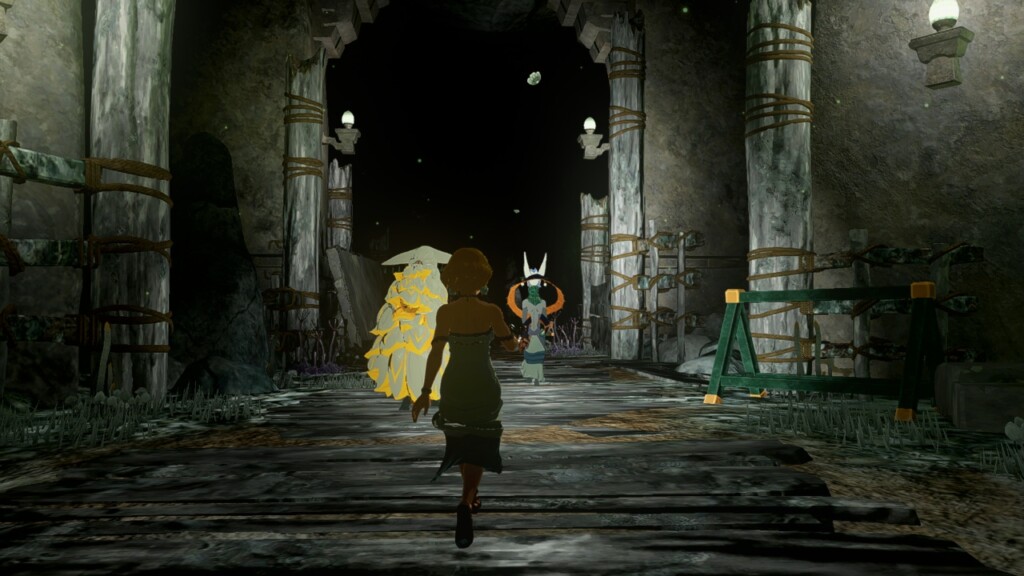
The seamless character switching and team combos give the game a pleasingly loose and improvisational feel. As I mentioned up top, each playthrough felt distinct, and that was entirely due to this variety and flexibility. The experience was more akin to a Bayonetta-style actioner than the repetitive musou titles that have bored me in the past.
With the full roster of Sages seemingly confirmed by Nintendo’s latest batch of screenshots, even more avenues for experimentation should open up, and I’m keen to discover what other powers and combos await.
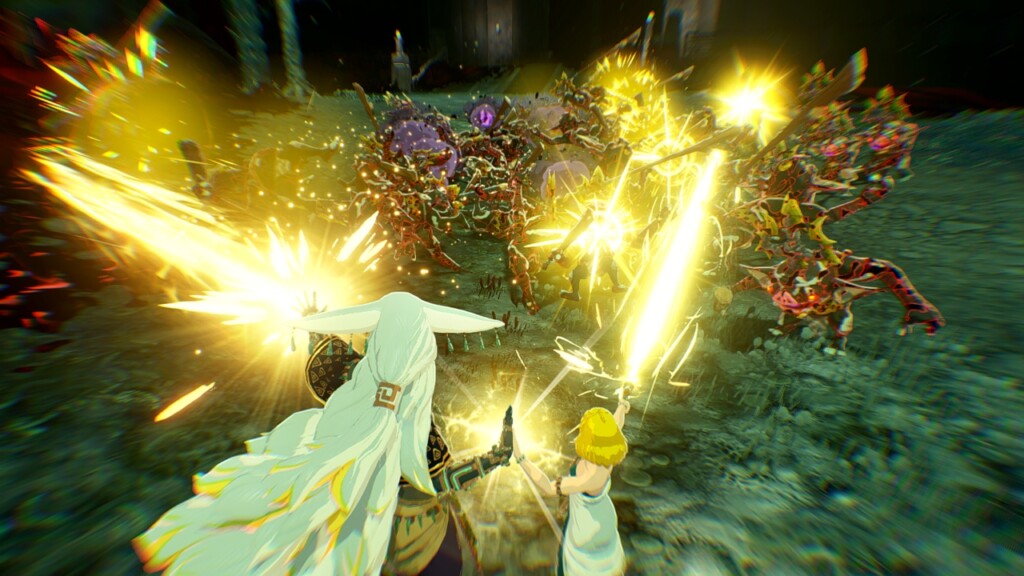
It’s worth noting that none of this would be something to look forward to if Hyrule Warriors: Age of Imprisonment didn’t run smoothly. Age of Calamity was notable for its poor performance, which took a significant shine off its achievements. Here, even when the screen is filled with dozens of enemies, elemental blasts, and flying debris, the game doesn’t appear to skip a frame. To my blistered eyes, it felt like a rock-solid 60fps throughout.
The Nintendo Switch 2’s improved technical power also appears to allow for richer combat animations, while the sharper resolution provides improved battlefield readability. The environments themselves lean toward the simplistic, and some cave textures appear fairly rudimentary, but the trade-off seems worth it. The action remains legible, and the particle effects, lighting, and character models are genuinely impressive in motion. I only hope this remains the case when the game expands to the surface and skies of Hyrule.
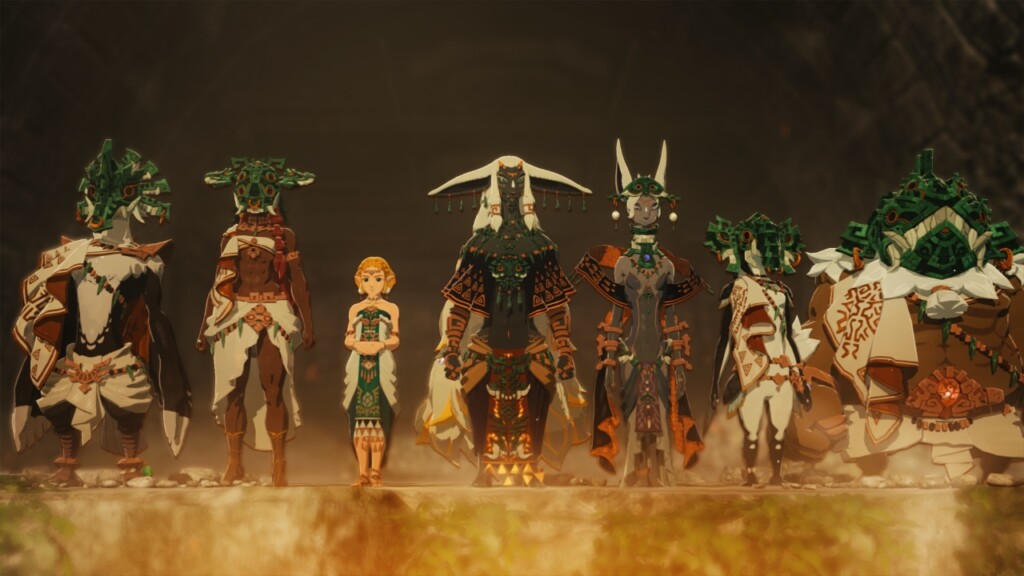
Perhaps the most intriguing detail is the narrative. Where Age of Calamity played somewhat fast and loose with timelines, Age of Imprisonment is confirmed to be canon. The game positions itself as a direct link in the saga, showing the Sages at the height of their powers and giving Princess Zelda another starring role. Even in this brief demo, there’s a sense of historical significance, making the game feel much less like a spin-off than its predecessor and more integral to the official Zelda timeline, such as it is.
If this short demo is any indication, Hyrule Warriors: Age of Imprisonment could be the Switch 2’s first essential action title. It’s a flashy, crunchy, and confident showcase of both the hardware’s power and Koei Tecmo’s continual refinement of the musou formula. After three runs, I didn’t feel done, and that bodes well.
Hyrule Warriors: Age of Imprisonment will be released for Nintendo Switch 2 on November 6, 2025.
